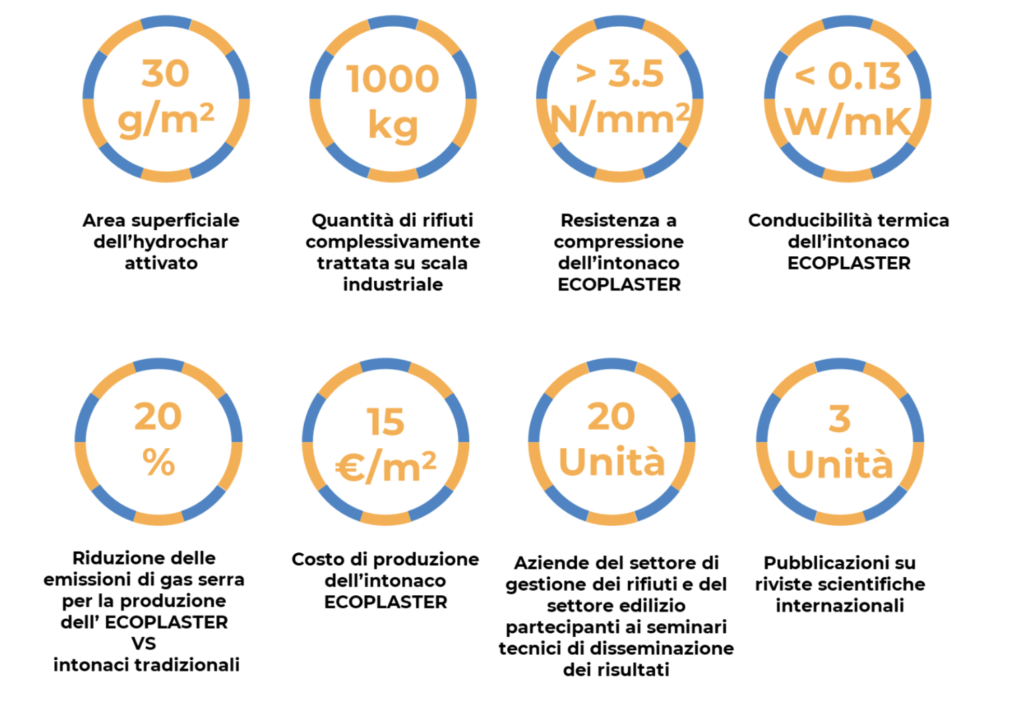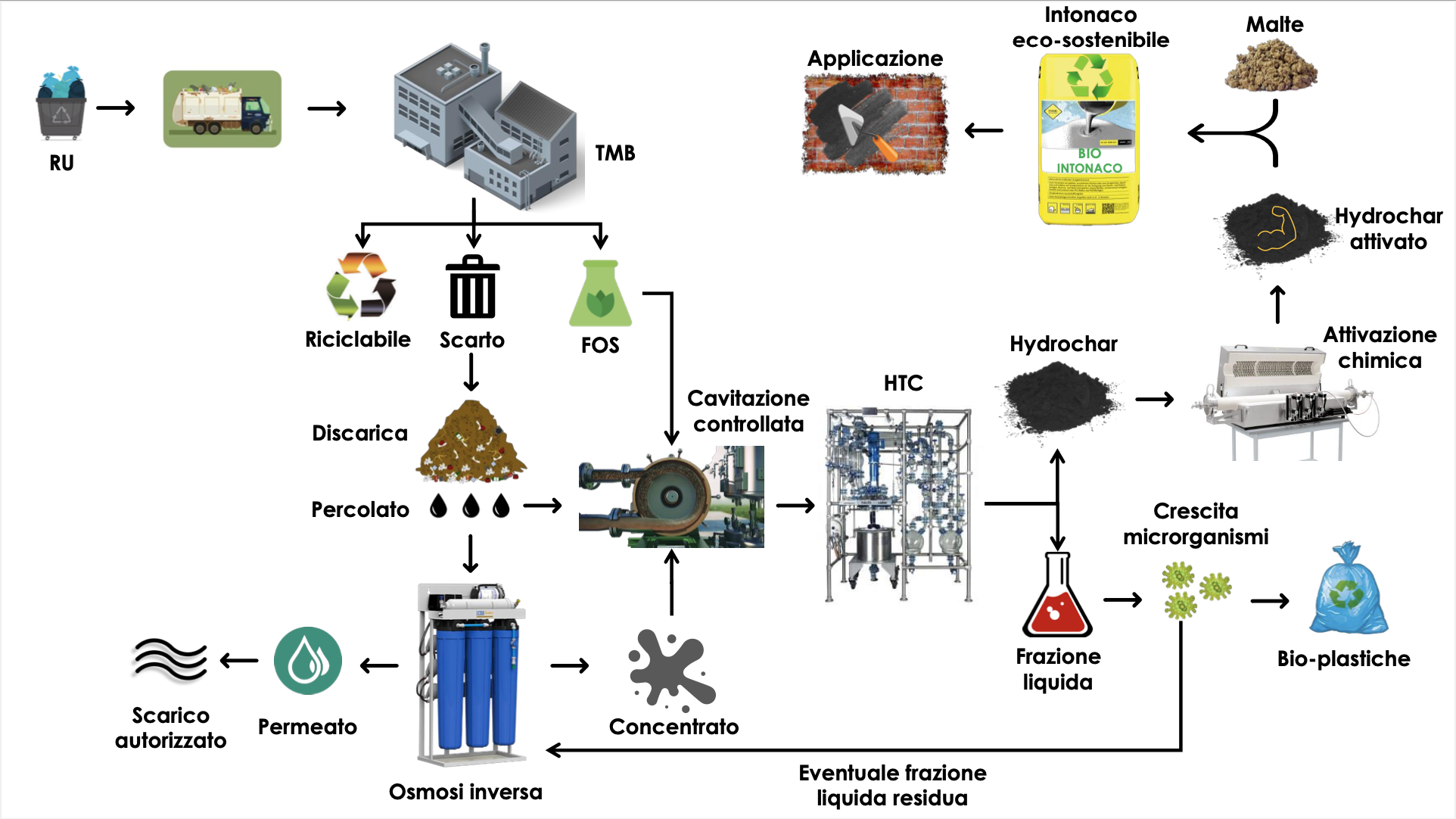Cos'è Ecoplaster
The project "ECOPLASTER: BIOSTABILIZED FOR ECO SUSTAINABLE BUILDING", co-funded by the Ministry of the Environment and Energy Security, involves the production of mortars for eco sustainable plasters, which can be used in the building sector to improve the energy and environmental performance of buildings in a circular economy perspective.
These mortars will be mixed with hydrochar obtained by hydrothermal carbonization (HTC) of the mixture of the stabilised organic fraction (SOF) and landfill leachate. The residual liquid fraction of the HTC process will be further valorised/recovered for the production of biodegradable polymers of microbial origin for possible application as bioplastics or in food packaging.
Objective
The ambitious objective of the project is the achievement of a complete circular economy flow, by obtaining an eco sustainable material from wastes.
In detail, it aims to create an entire waste management chain. The outputs of the system will be value-added materials, in line with the concept "from waste to resource"

By undergoing the stabilised organic fraction of municipal solid waste to the hydrothermal carbonization process, the project aims to produce: a renewable plaster, obtained by adding the activated solid fraction (hydrochar) from the HTC process to building mortars; biopolymers (e.g. cellulose, chitosan, glucans, lactic acid, PHA, PHB), through the growth of filamentous bacteria and fungi, exploiting the liquid fraction of the hydrothermal carbonization process, properly prepared in culture media.
The obtained hydrochar will be dried and subjected to activation treatment in order to increase its porosity and surface area. The liquid fraction from the carbonization process will be investigated for the growth of microorganisms to produce biopolymers. To maintain the circularity of the entire supply chain, any residual liquid fraction, coming from the fermentation process, will be dispatched to the reverse osmosis plant to avoid producing waste.
As a result of the identification of mortars and additives on the market for the production of plasters, it will be possible to run test experiments of plaster mixtures using mortars and activated hydrochar as additive. A dosage and processing model will be developed in terms of substrate and product preparation and application conditions. The application, monitoring and analysis of the performance of this eco sustainable plaster will empower us to evaluate and compare its performance with those of a traditional one. In particular, the high porosity and surface area of the hydrochar would increase the performance of the plasters, in terms of:
- reduction of thermal conductivity,
- improvement of thermo-hygrometric properties,
- the ability to control the humidity inside the room,
- improvement of acoustic performance (sound absorption),
- improvement of the ability to absorb odours,
- improvement of the air quality inside the room,
- optimisation of environmental performance through an eco-design (product and process life cycle assessment).
Tasks
Coordination and project management – WP1
Work Package 1 is dedicated to the project management and coordination of the participating partners, as well as the dissemination of results.

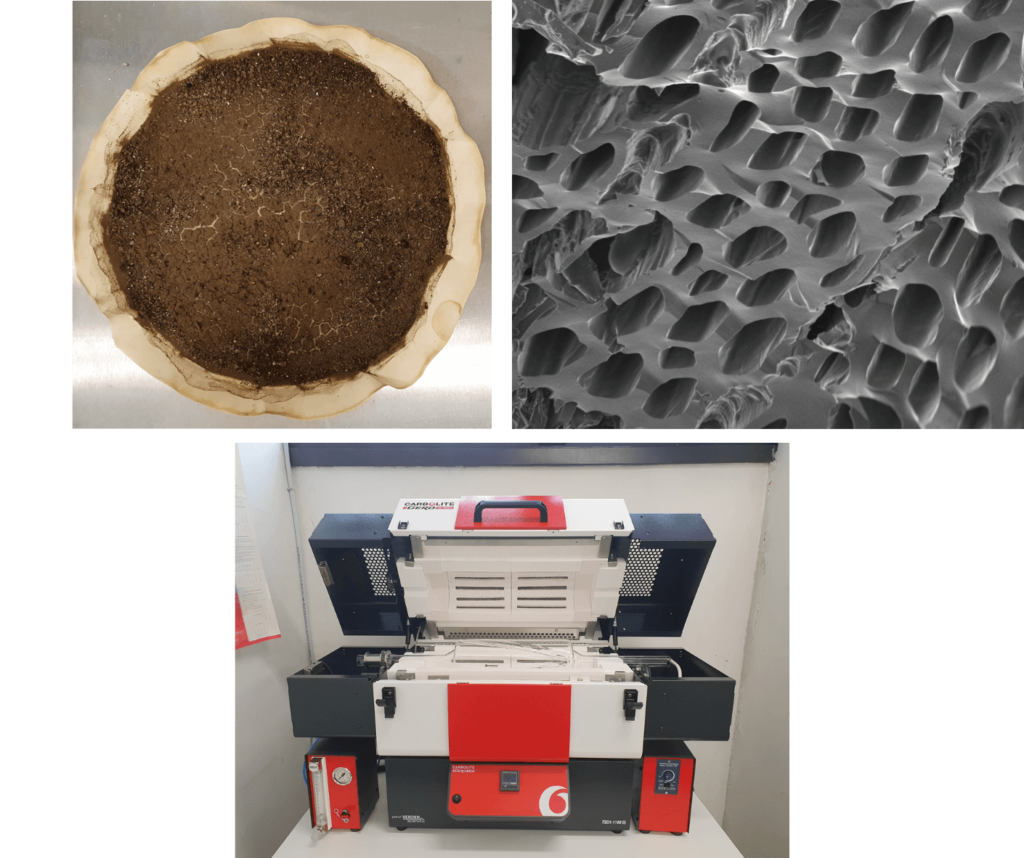
Lab-scale production of activated hydrochar - WP2
The objective of WP2 will be the laboratory-scale production of activated hydrochar. Once the HTC process has been optimised, the hydrochar produced under optimal test conditions (time & temperature) will be activated using a rotary tubular furnace in order to increase porosity and surface area.
The produced material will be used in WP4 and WP5 to produce the eco sustainable plaster.
Study of a mortar with additives for the production of an eco sustainable plaster - WP3
According to the standard UNI EN 998-1, the market of mortars and additives for plasters will be analysed.
Mixtures of mortars with the addition of activated hydrochar will be tested to obtain plasters with adequate mechanical performance, reduced thermal conductivity and acoustic absorption capacity. As well as the ability to absorb odours and pollutants. Also, in the case of internal use, better humidity control.
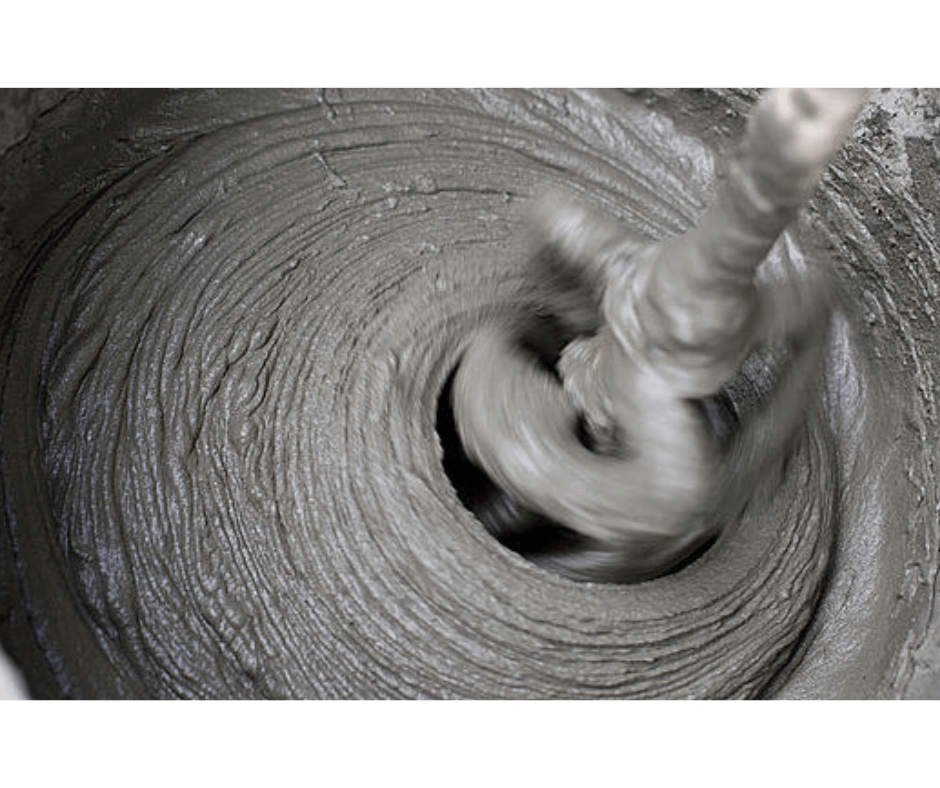
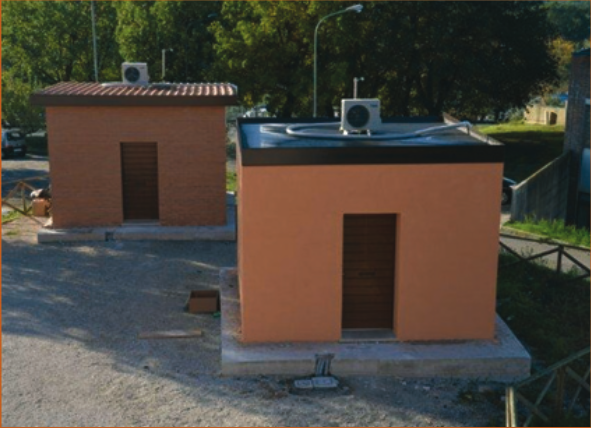
Source: file Ciriaf
Performance analysis of the eco sustainable plaster produced on an industrial scale – WP4
The main objective of the WP4 is the analysis of the thermal and energy performance deriving from the use of the produced eco sustainable plaster.
EcoVt will take care of the preparation of the substrates on an industrial scale and the related chemical-physical characterisation.
UNITUS will produce sufficient hydrochar to conduct application experiments in the test rooms provided by CIRIAF (pilot case of the project).
KIMIA will support UNITUS in the monitoring and analysis of the plaster performance.
Enhancement of the liquid fraction from the hydrothermal carbonization process – WP5
The activity involves the development of the fermentation processes for the production of biopolymers starting from culture media based on the liquid fraction of the hydrothermal carbonization process.
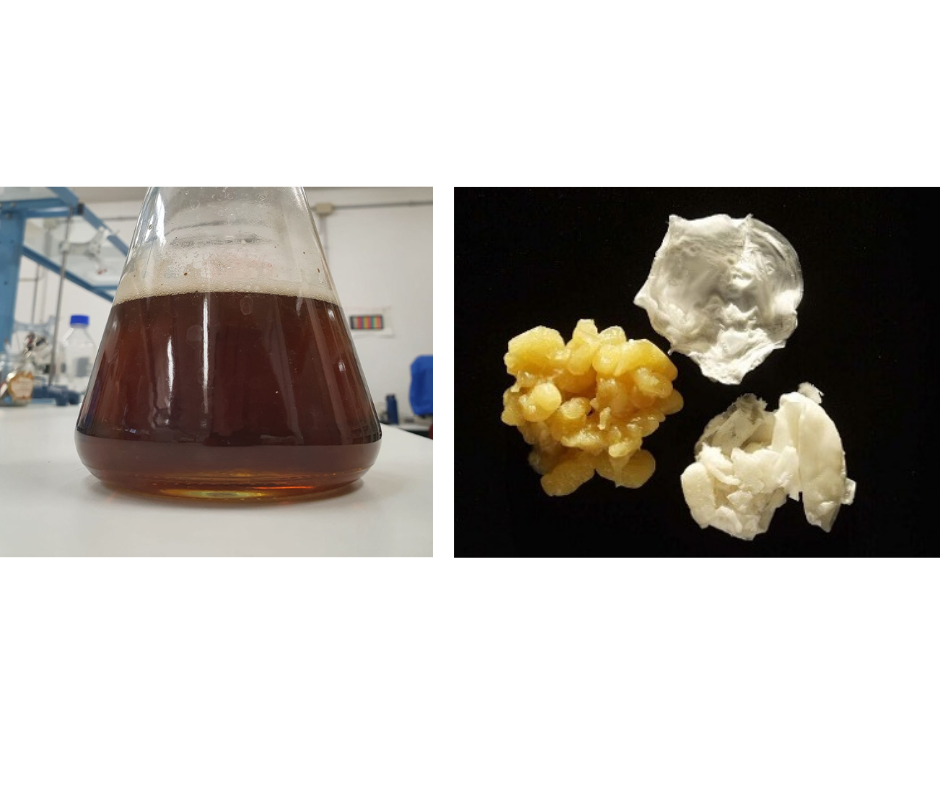
Assessment of the environmental and economic sustainability of the proposed supply chain – WP6
The main objectives of the WP6 are:
- evaluate the environmental sustainability of the eco sustainable plaster through LCA analysis by comparing the impacts with traditional plasters; the analysis will also consider the potential for recovering the liquid fraction for the production of bioplastics;
- evaluate the economic feasibility of the production process of the eco sustainable plaster on an industrial scale;
- evaluate the social impacts of the proposed supply chain, highlighting the contribution of the production of the eco sustainable plaster on an industrial scale for the achievement of the Sustainable Development Goals defined by the United Nations.
Results
As part of the knowledge triangle “ Education, Research, Innovation", the project supports the transition to a green economy by:
- training activities on circular economy topics, sustainability protocols and green building products;
- promoting a sustainable production in the building sector and, in particular, of thermal insulating mortars, in line with the requirements of Green Public Procurement and Minimal Environmental Criteria (Criteri Ambientali Minimi – CAM);
- enhancing the know-how of companies to encourage innovation in national productivity with a sustainable approach;
- researching innovative technologies to promote the recyclability of waste with a view to industrial symbiosis.
Several physical indicators have been established for evaluating the project's accomplishment of its objectives:
